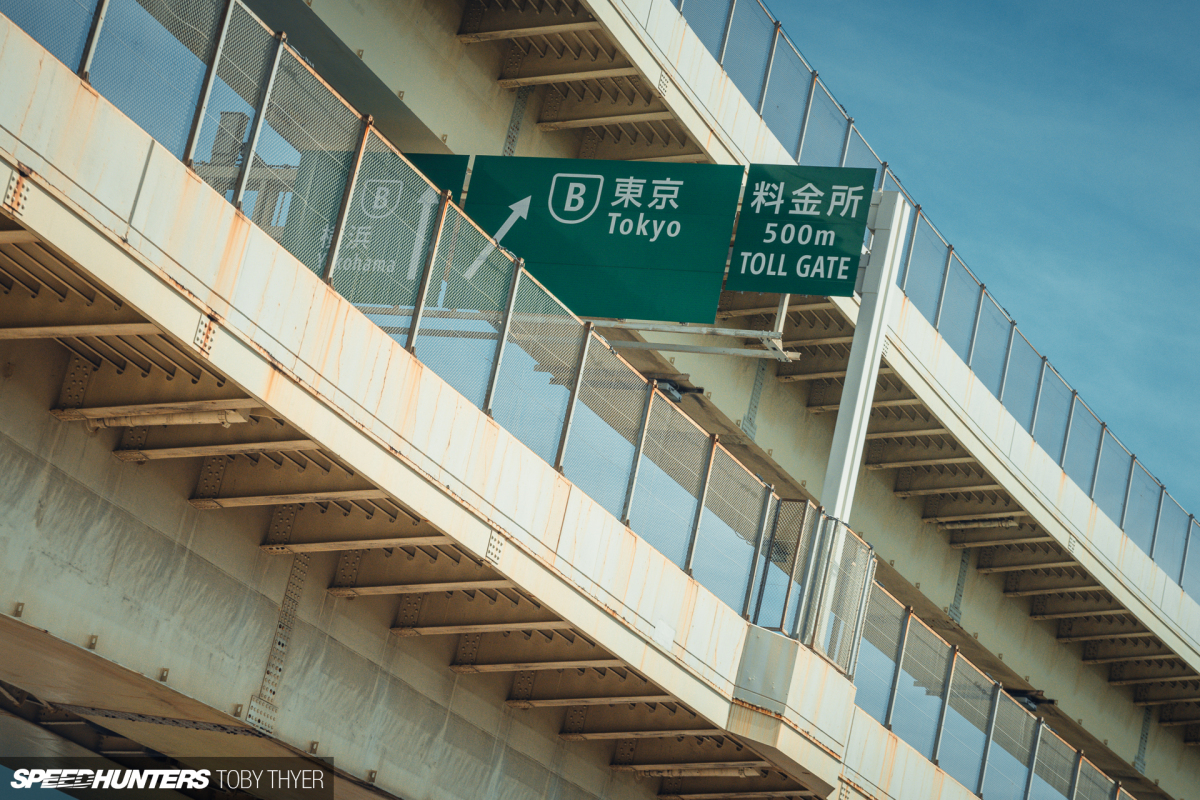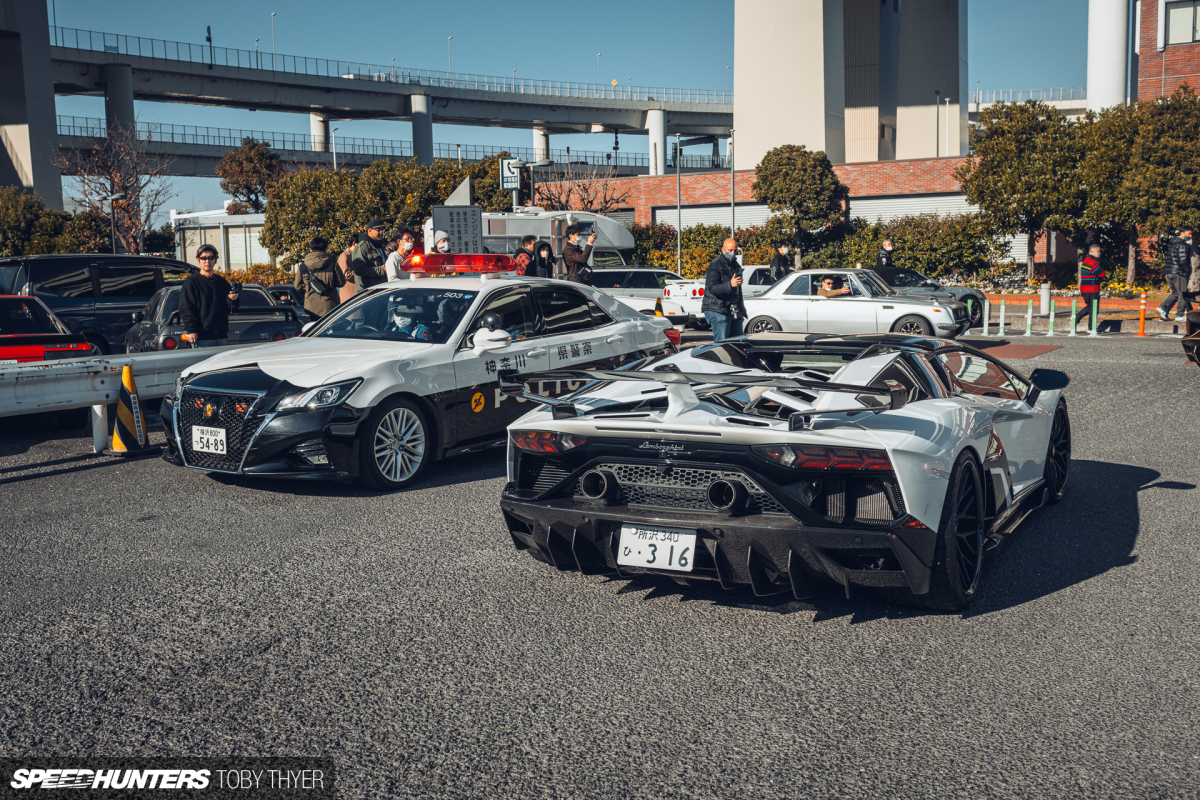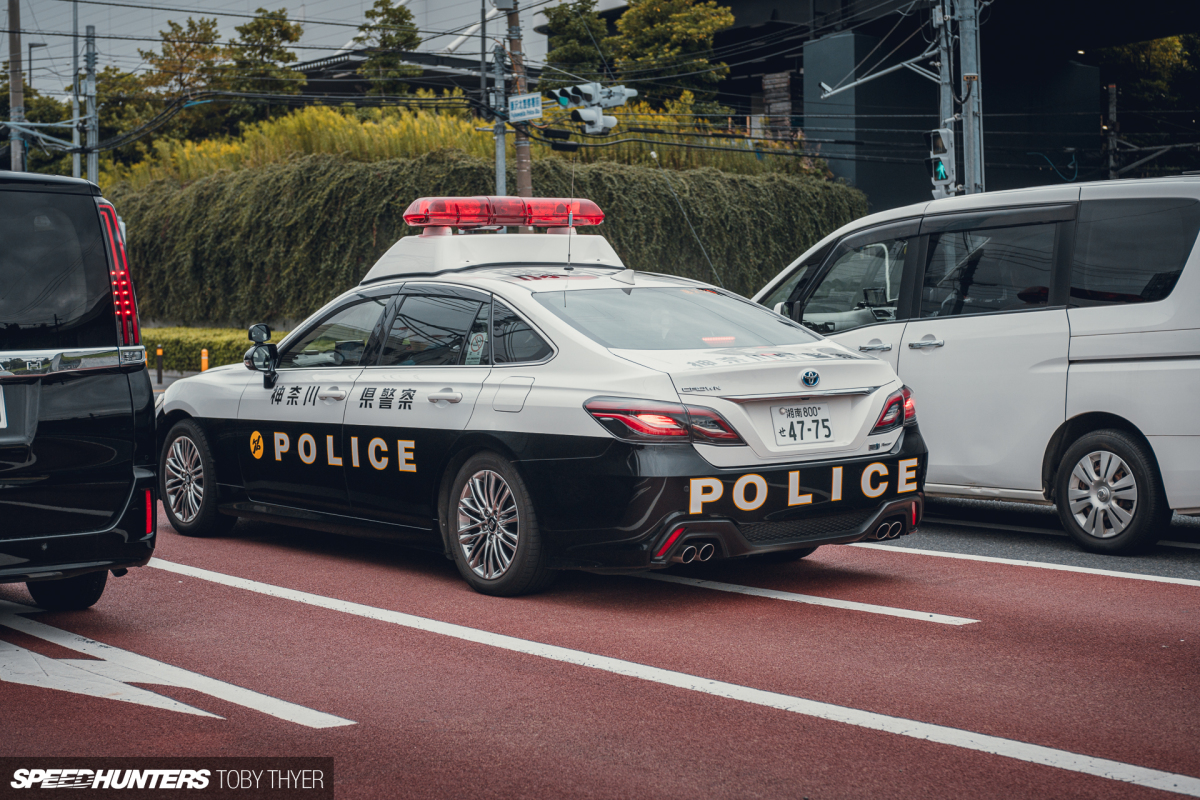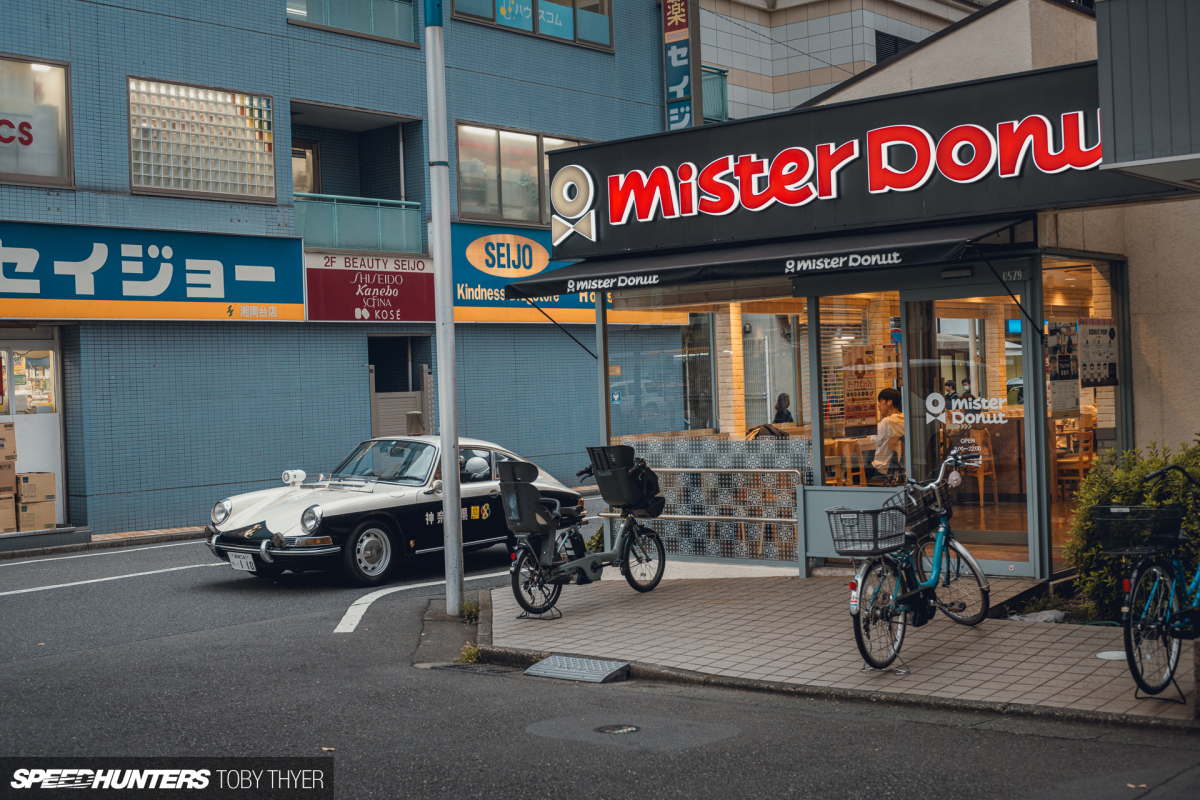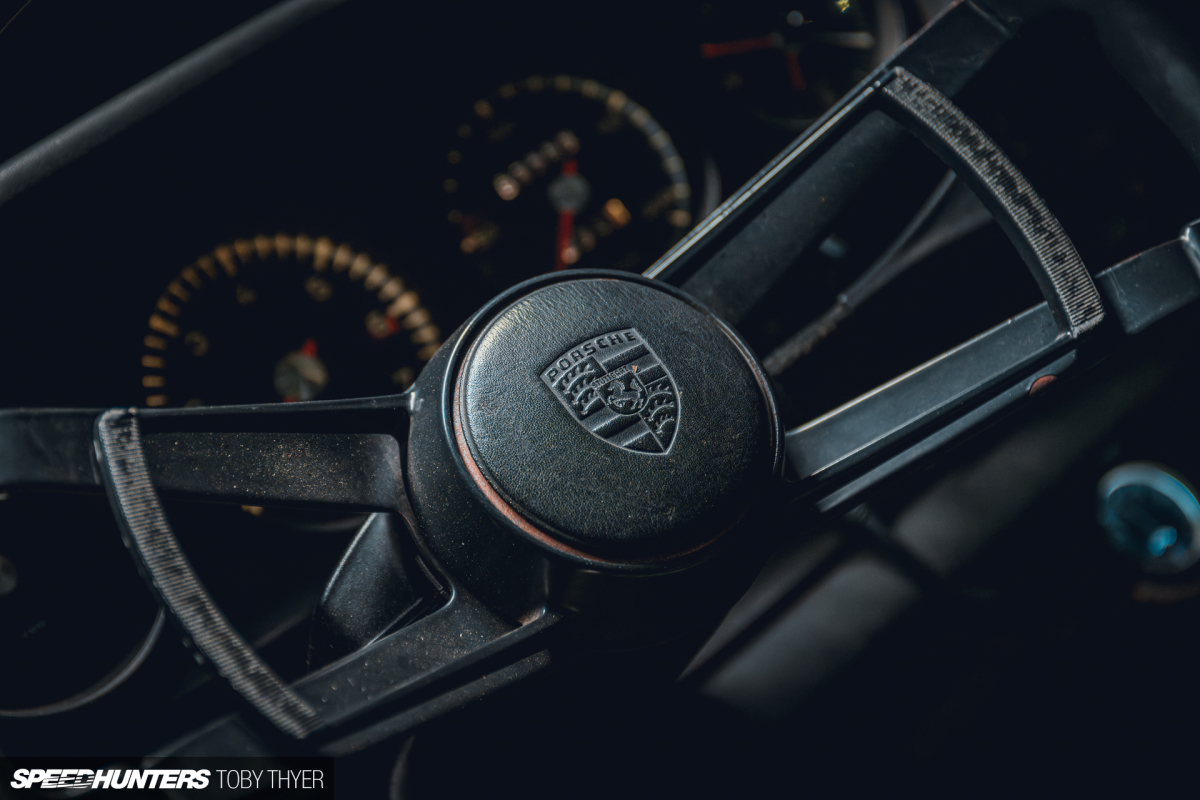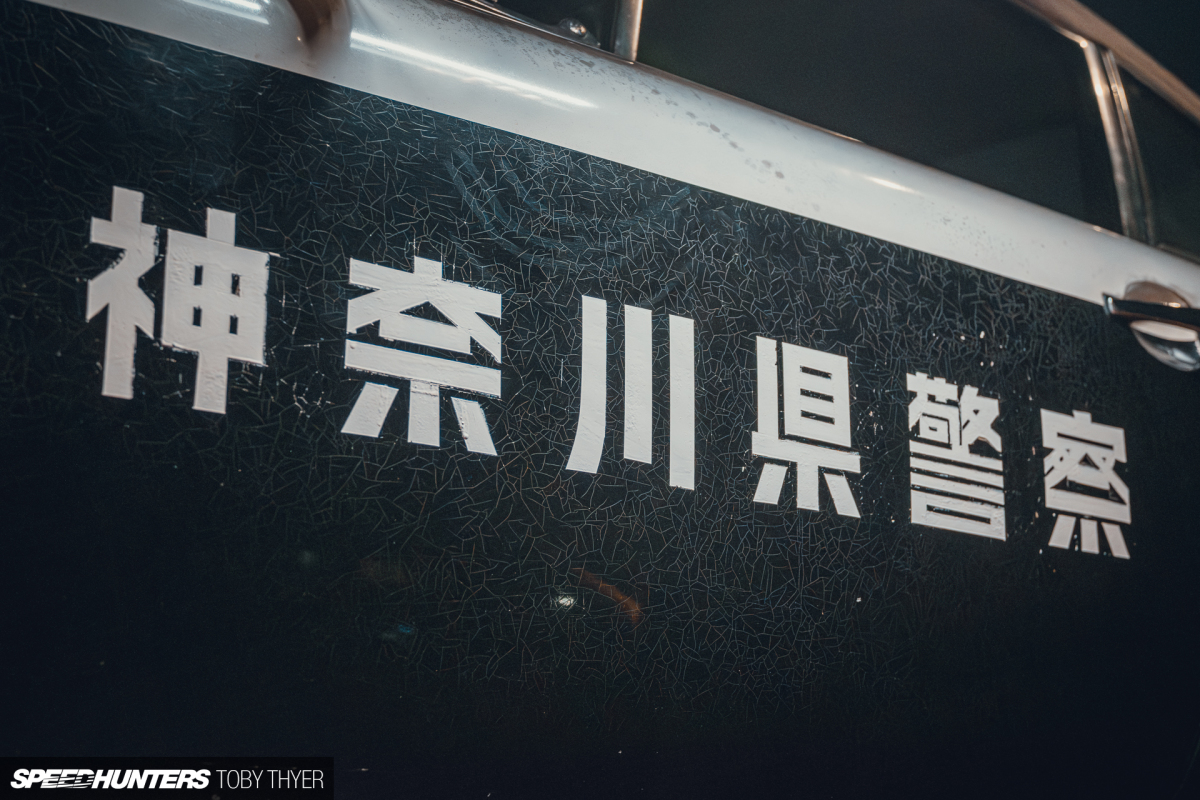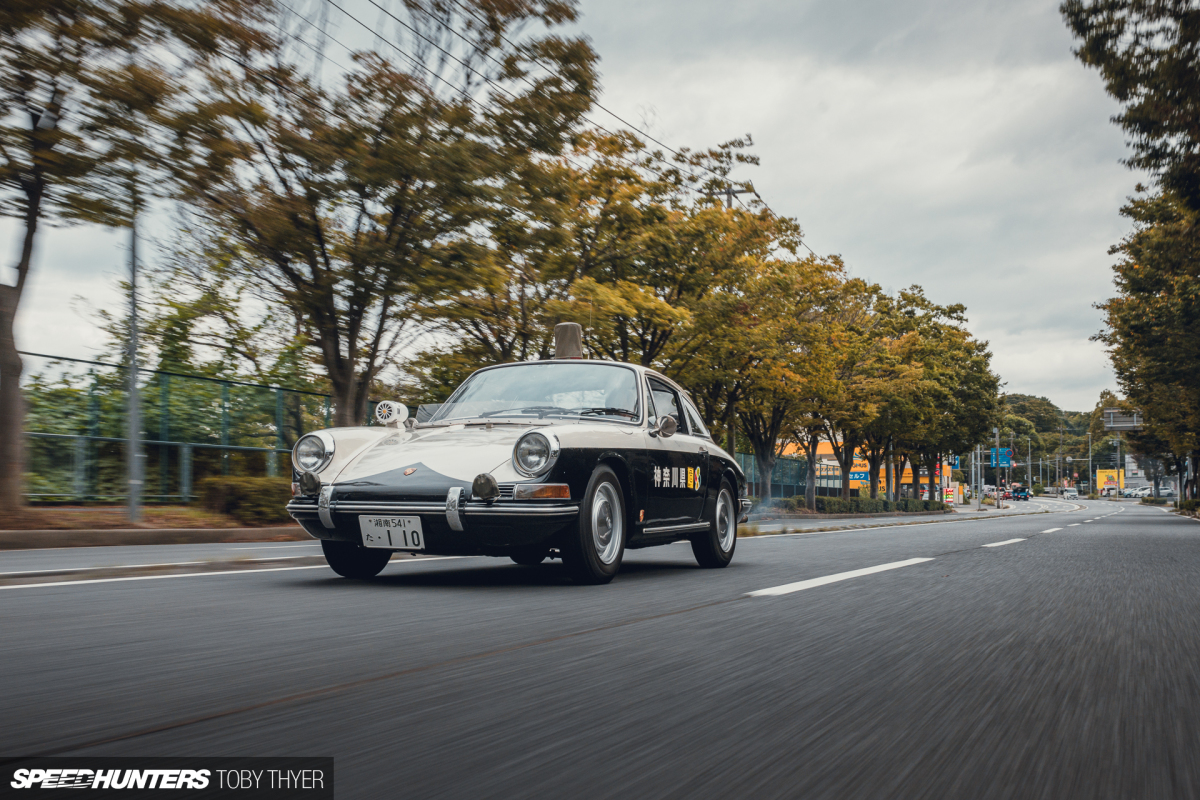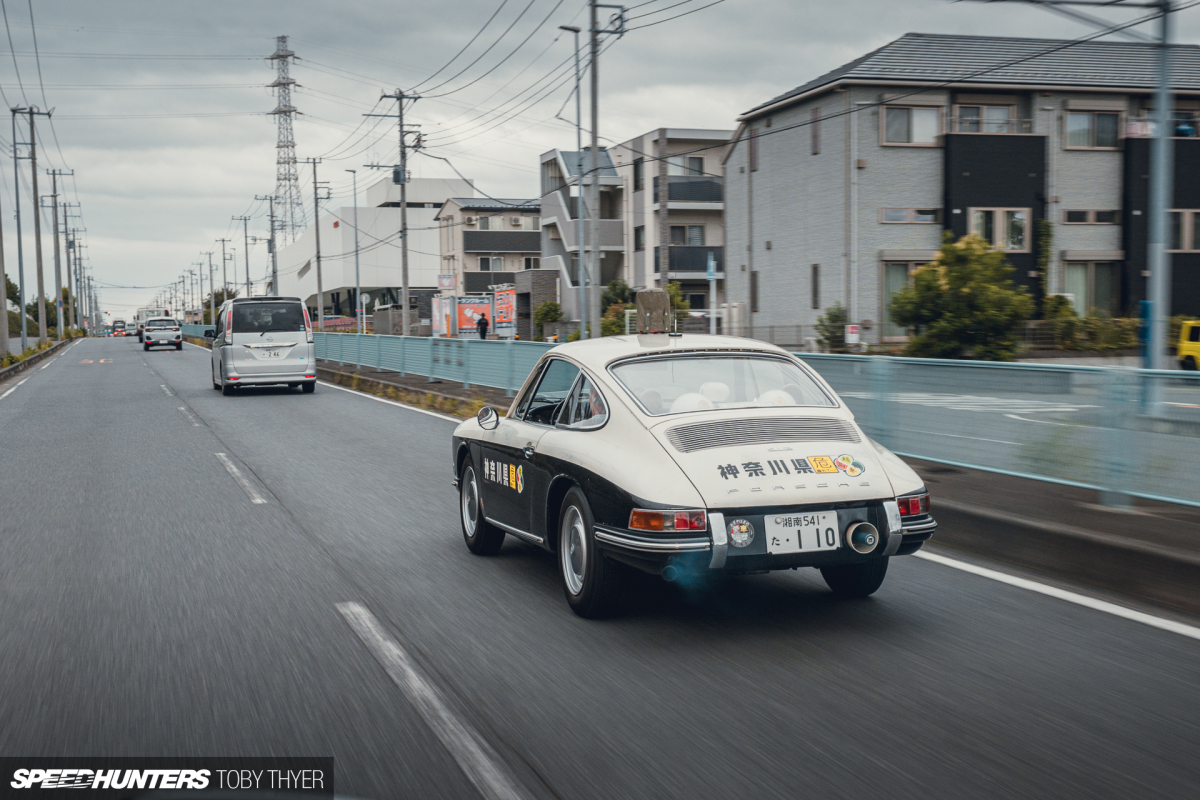Expressways, motorways, highways, or autobahns – whatever you call them, they all lead to adventure.
These roads connect cities, carve through landscapes, and offer drivers the freedom to travel. But wherever there’s a great road, there’s likely to be a patrol car silently keeping order. Between 1968 and 1974, Japan’s expressways were policed by one of the coolest: the Porsche 912. I caught up with Takahiro-san, the owner of Japan’s last surviving Porsche patrol car, to hear its story.

But before we get into that, let’s take a moment to appreciate these roads. Highways and expressways do more than alleviate inner-city congestion – they also provide access to some of the most stunning corners of the world. From the Atlantic Ocean Road in Norway to Italy’s Stelvio Pass, Tianmen Mountain Road in China, and Combe Laval in France, these routes don’t just provide stunning views, they are also incredibly engineered.

Japan, however, is a different challenge. With 73 per cent of its land covered by mountains, you’d think long, straight stretches of motorway would be a rare commodity. Yet, Japan’s civil engineering is nothing short of miraculous. Expressways here seem to defy nature, cutting through valleys, tunnelling through mountainsides, and even burrowing under Tokyo Bay. They really are outstanding.


But, like much of Europe, Japan requires tolls to maintain this network, and it’s clear where the money goes. The roads are smooth, well-maintained, and, for the most part, free-flowing – making them irresistible to drivers at all hours…

In 1998, one of Japan’s most notorious drivers, Kazuhiko ‘Smoky’ Nagata of Top Secret, hit 194mph (312km/h) on the UK’s A1 motorway before being apprehended by the police. Had Nagata-san been on the German autobahn, he might have broken the 200mph barrier. If any country could trust its drivers to take responsibility like Germany, it would be Japan, where the driving culture is one of caution and respect for the rules. But ultimately, the only way to be 100 per cent sure that order is maintained is to enforce a speed limit. And for that, you need patrol cars on the expressways.

Japan’s first expressway opened in 1963, connecting Nagoya and Kobe. In the following decade, as Japan’s economy boomed and cities grew, the network of expressways expanded rapidly. By 1964, the first stretch in Tokyo linked Haneda Airport to the city centre – crucial infrastructure ahead of the Tokyo Olympics. The Tomei Expressway, connecting Tokyo and Nagoya, opened in 1968 as one of the main arterial routes for travel in and out of the metropolis.


With the rise of these high-speed roads came a new challenge for law enforcement. To patrol them, Japan turned to a vehicle with experience in traffic control on the German autobahn: the Porsche 912.
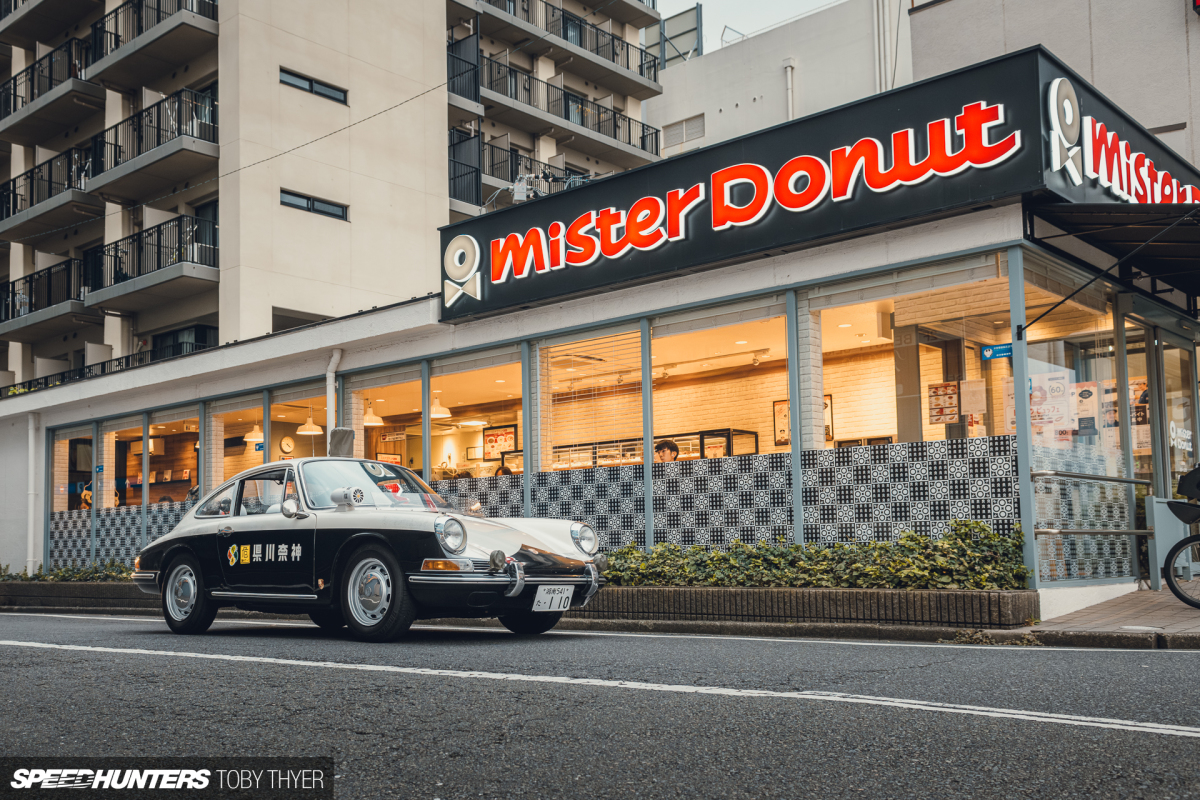

Imported by MIZWA (like all Porsches of the time), four air-cooled 1.6L flat-four 912s were selected for duty on the major expressways. Takahiro-san’s 912 was stationed on the Tomei Expressway on the western side of Tokyo and into Kanagawa Prefecture.

Why the 912, and not the more powerful 911? Simple: reliability and fuel economy. The 912’s Type 616/36 push-rod engine, taken from the 356, offered better range and was easier to maintain than the 911’s 2.0L flat-six.
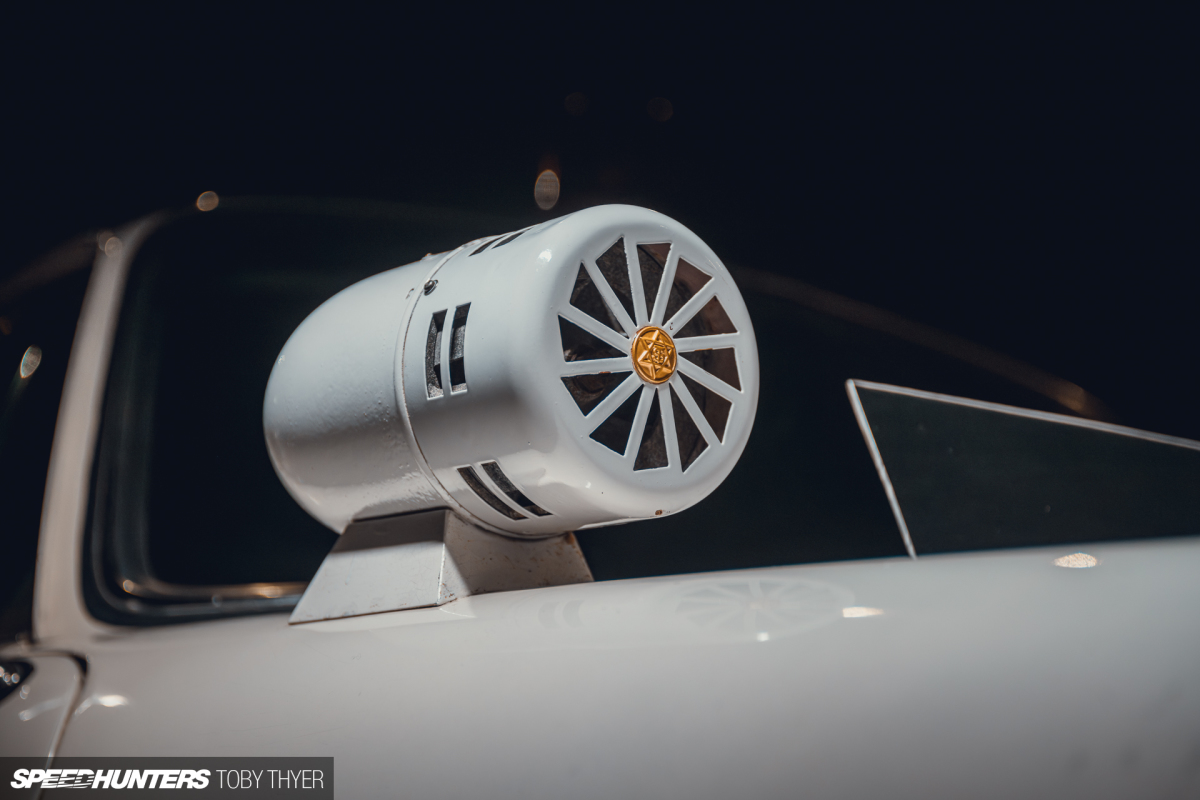
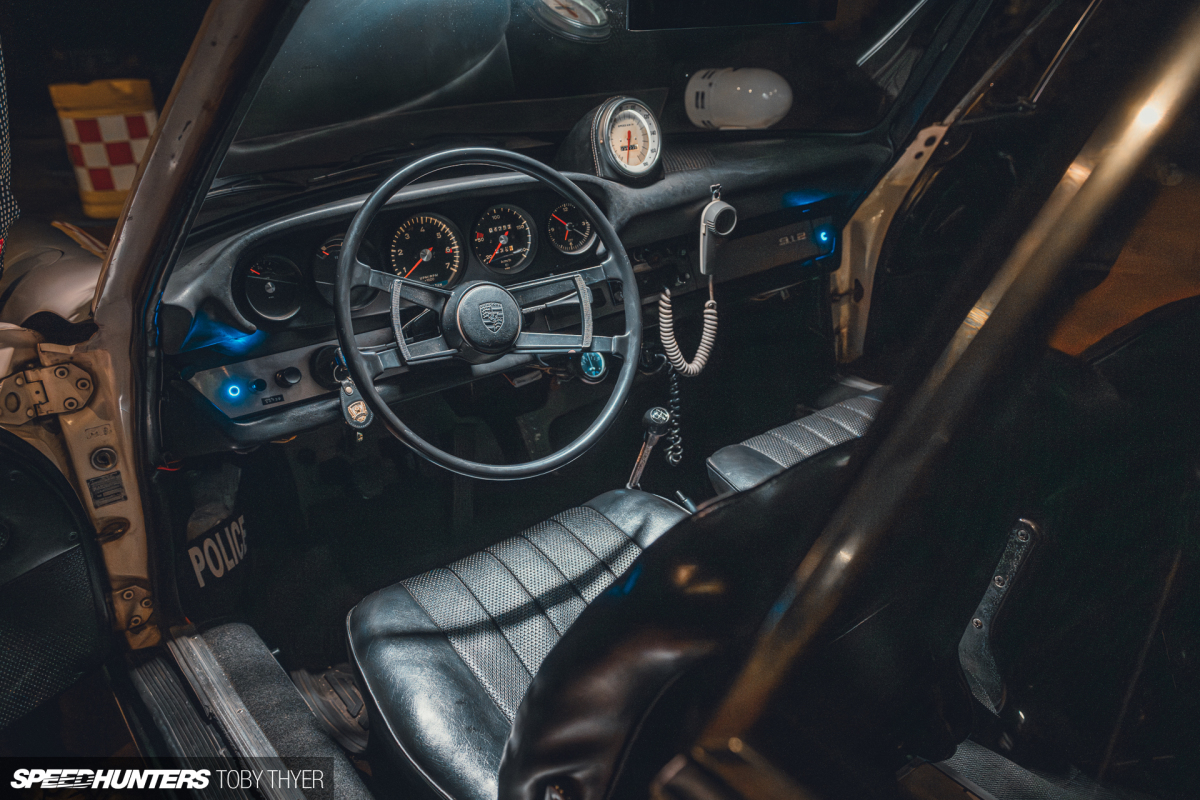
These police cars were mechanically standard, save for the additions of sirens, lights, a magnetic speed clock, a radio, and a telephone.

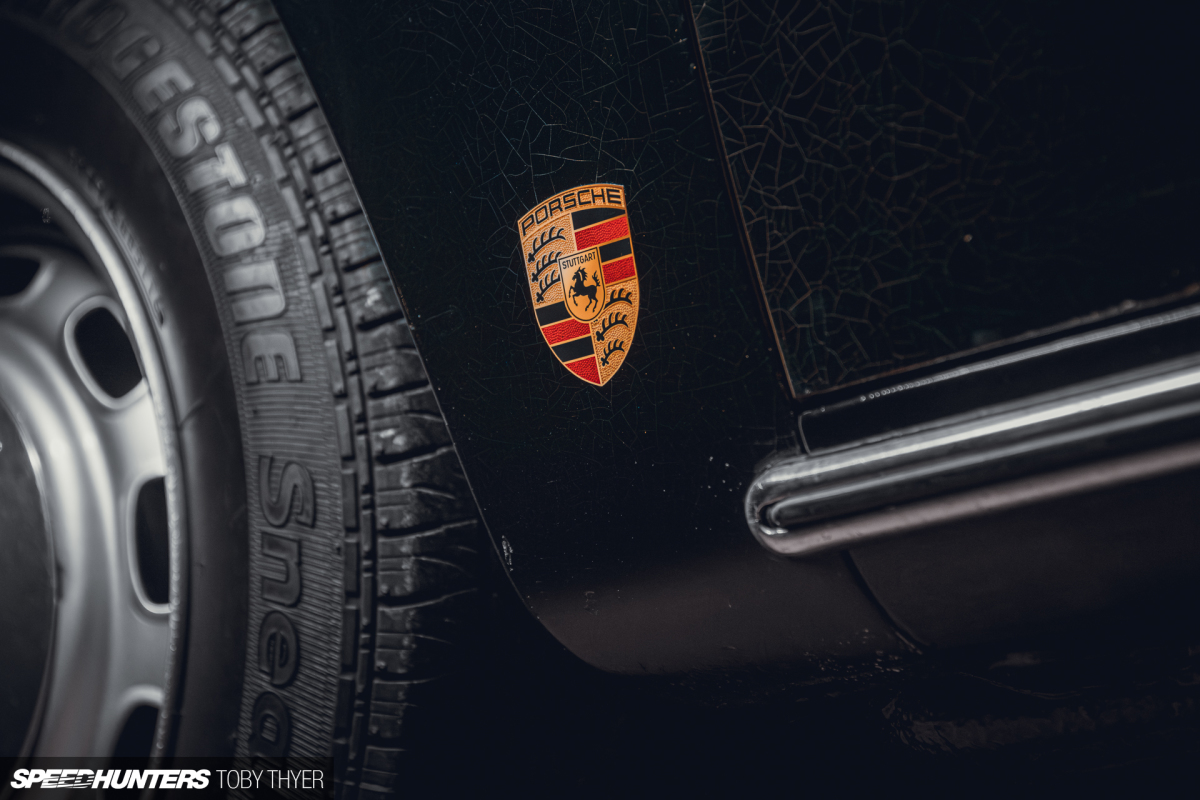
The Kanagawa 912 featured a police badge on its nose – a move Stuttgart wasn’t thrilled about, and something later rectified – which is why the car also carries Porsche decals on its front fenders.

Takahiro-san’s car is the last of its kind and, as far as we know, the only one still patrolling – unofficially – the Tomei Expressway in Kanagawa prefecture. In its six years of actual service, it clocked up 155,943km (96,800mi) on its odometer and made an impressive high-speed arrest, catching a suspect travelling at 178km/h (111mph).


But by the early 1970s, the 912’s time was running out. Parts were scarce, as were technicians to fit them, and cars they were meant to catch were becoming faster. Then, in 1973, as a final nail in the 912’s coffin, the global oil crisis took its toll. So, in 1974, the Japanese police upgraded their fleet with domestic models that included the first-generation Nissan Silvia, Cedric, and even the Fairlady 240ZG, along with the Mazda Cosmo and Luce.

Instead of being scrapped, the decommissioned 912s were sent to various police stations to be displayed for public admiration. For the next 25 years, schoolchildren visited them on field trips, marvelling at their once-heroic status. Eventually though, budget cuts made scrapping them more affordable. But Takahiro-san wasn’t about to let the history of Japan’s 912 patrol cars fade away.


After negotiating for six months with a scrapyard, he managed to rescue one of the 912s. Unable to register the car in Japan, Takahiro-san shipped it to the United States, got it registered there, and then sent it back to Japan, where he could legally re-register it. Today, it stands as a living piece of history: the last surviving Porsche 912 police car in Japan, once tasked with maintaining order on the nation’s highways.
Toby Thyer
Instagram _tobinsta_
tobythyer.co.uk




